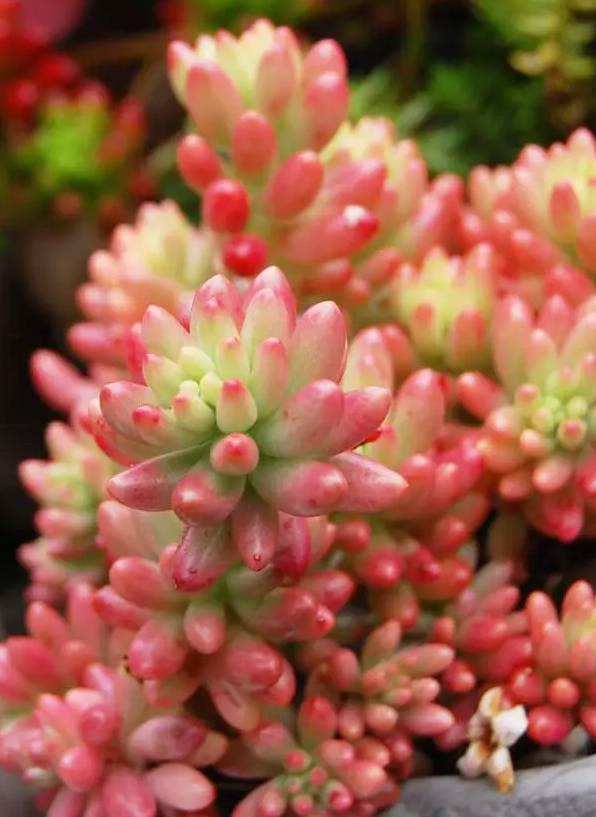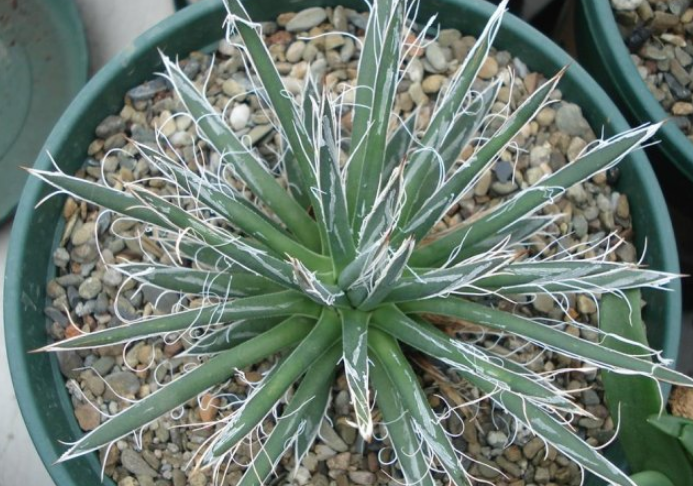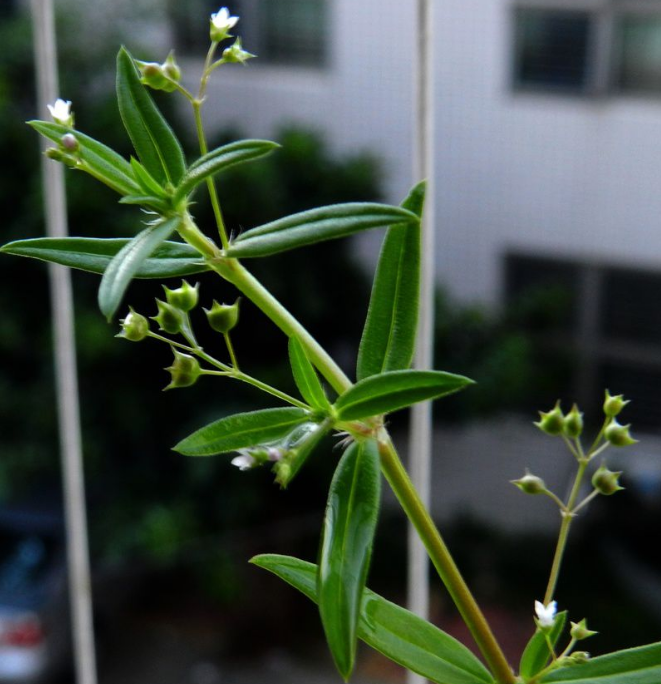A manly plant. Maintenance and management methods of heather flowers.
Heather flower, scientific name Photinia serrulata Lindl., English name is Photinia, alias thousand years red, fan bone wood and so on. Photinia Rosaceae is an evergreen shrub or small tree native to China. The flowering period is April-May and the fruiting period is October. Round crown, dense leaves, red leaves, white and dense flowers, red fruits in winter, bright eyes, are common cultivated tree species; dense wood, which can make wheels and handles; leaves and roots are used as strong agents, diuretics, sedative and antipyretic; they can also be used as soil pesticides to control aphids and inhibit spore germination of potato pathogens; seed oil is used for paint, soap or lubricating oil. It can be used as the rootstock of loquat. The loquat grafted with heather has long life, tolerance to barren soil and strong growth.
The most noticeable feature of heather is the smell when it is in bloom. Its smell is a strong smell of human semen, so although many cities use heather as an urban landscape and greening plant, they often cause strong complaints because of this smell.

Culture method of heather flower
Temperature and light
Heather like light, slightly shade-resistant, more cold-resistant, can withstand the low temperature of-15 ℃.
Watering
Photinia likes to be wet and often keeps the soil moist, but pay attention to avoid excessive watering, otherwise stagnant water is easy to cause plant root rot.
Fertilizer application
Adhere to the principle of thin application, fertilizing about every 15 days in spring and compound fertilizer every 15 days in summer and autumn
Soil
Heather is not strict with the soil, so it is suitable to choose fertile and well-drained sandy soil for cultivation, and pay attention to poor growth in clay.
Matters needing attention in the culture of heather
Pest control
Photinia has strong resistance and is generally not prone to serious diseases and insect pests, such as gray mold, leaf spot and shell insects. For the prevention and control of Botrytis cinerea, 50% Dysen zinc 800 times solution spray can be applied. For leaf spot disease, 300-400 times of 50% carbendazim or 300-400 times of topiramine can be sprayed to control leaf spot disease, and 200 times of dimethoate emulsion can be used for control.
Time: 2019-04-17 Click:
- Prev

How to maintain the tequila plant "Bella" with pictures
Bella Agavetoumeyanavarbella, tequila family, native to Mexico and the southwestern United States Bella, also known as Ji Luanxue, tree ice, is a small and medium-sized tequila, perennial fleshy plant, rosette-shaped, plant size of 15-25 cm, the main stem is not obvious
- Next

Is Hedyotis diffusa poisonous? planting techniques of Herba Hedyotis diffusa
Hedyotis diffusa (scientific name: Hedyotisdiffusa) is an annual herb with a height of 15-50cm. Roots slender, branched, white flowers. Stem slightly square or oblate-Terete, smooth glabrous, much branched from base. Flowering in spring. The seeds are brown, small, and 3 angled.
Related
- Fuxing push coffee new agricultural production and marketing class: lack of small-scale processing plants
- Jujube rice field leisure farm deep ploughing Yilan for five years to create a space for organic food and play
- Nongyu Farm-A trial of organic papaya for brave women with advanced technology
- Four points for attention in the prevention and control of diseases and insect pests of edible fungi
- How to add nutrient solution to Edible Fungi
- Is there any good way to control edible fungus mites?
- Open Inoculation Technology of Edible Fungi
- Is there any clever way to use fertilizer for edible fungus in winter?
- What agents are used to kill the pathogens of edible fungi in the mushroom shed?
- Rapid drying of Edible Fungi

